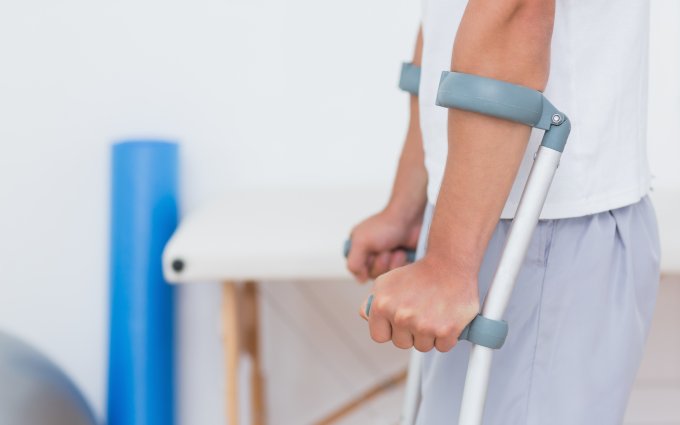02/10/2015

3D printing and other current advances in prosthetic technology have made prosthetic limbs more affordable and available for a range of individuals who need them. Here at Paradigm Outcomes, we watch innovations in the field of prosthetics with hope, but also with a discerning eye—because problems with prosthetics can make catastrophic cases even more complex and difficult to manage.
How 3D Printing Changes the Game
3D printing can make prosthetics available anywhere there is a 3D printer, often at a much lower cost than more traditional models. For some, that means buying a 3D printer and customizing a design themselves. For others, that means sending scans or molds of a limb to a central manufacturer where the limb is printed to meet exacting specifications.
Companies like “Robohand” and “3DUniverse” are offering customizable prosthetic limbs at a fraction of the cost of traditionally manufactured medical devices. The portability of many 3D printers makes the technology useful in parts of the world where other prosthetics couldn’t be easily made or shipped—but it’s the affordability of such models that makes them most appealing to many patients.
One man who used a $42,000 insurance-covered prosthetic hand found he actually preferred the action and response of a prosthetic hand that could be printed for the cost of $50. If a piece broke, he could simply print a replacement. According to 3D-print.com, the company worked with him to print a new hand made of a stronger material than the basic ABS plastic unit, further improving his satisfaction with the device.
One Word of Caution
When we consult with treating providers, attend professional conferences or offer workshops, our goal is to advance helpful, affordable, safe, evidence-based clinical treatments. We hope to see 3D printing advance medical science and lower treatment costs, but until the technology develops further, we must offer a balanced view of 3D printed prosthetics when discussing the technology with those who are considering its use.
If you choose to use a 3D printed prosthetic, use caution, and do your research on the business that does the work for you. Make sure that the specifications match what you will need in terms of strength and fit as well as affordability. If a prosthetic device is not strong enough to do the work you need to do, it could break at an inopportune moment and cause you further harm. If a prosthetic is poorly measured or fitted, it could cause issues with rubbing or chafing, which can lead to longer-term issues with infection.
If you, your physician and your prosthetist choose your device wisely, a 3D printed prosthetic may hold the potential to improve your life. We’d love to hear your stories about 3D printed prosthetic successes or false starts. To connect with Paradigm Outcomes, follow us on Facebook, Twitter or LinkedIn, or visit our website.